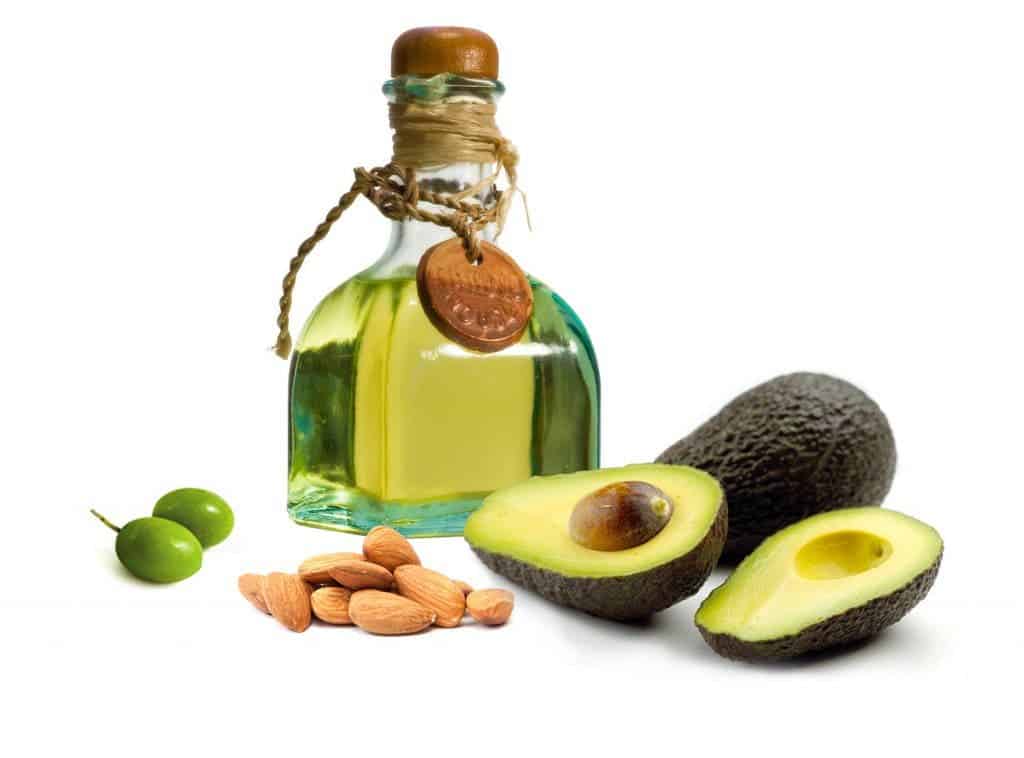“Fat is bad” seems to be a general rule when concocting dietary guidelines, but fatty foods may be making a comeback for all the right reasons. The latest version of the Dietary Guidelines for Americans, which is due out later this year will eliminate the upper limit for total dietary fat intake.
Why this is a good thing

You may be under the impression that all fat is equally bad, but that’s simply not true. If you look at the healthiest populations in the world vary greatly in their consumption of fats, so it can’t be fat consumption that’s making people healthy or unhealthy. In fact, if you look at their dietary habits, you’ll find other similarities: they all eat diets of wholesome foods in sensible combinations, so why not focus on that?
If you look at the report earlier this year by the Dietary Guidelines Advisory Committee, a panel of 14 experts, on the latest scientific evidence on diet and health since the current Dietary Guidelines, you’ll see that they too value not the total quantity of fat, but rather the type of fat.
“We wanted the emphasis to be on fat quality rather than total fat, because the evidence really emphasizes that saturated fat is the driver of risk rather than total fat intake,” said Barbara Millen, president of Millennium Prevention and chair of the Dietary Guidelines Advisory Committee.
There are also other significant indications, such as “(c)holesterol is not considered a nutrient of concern for overconsumptio.” Dr. Dariush Mozaffarian, dean of the Friedman School of Nutrition Science and Policy at Tufts University, who was not involved in the current report and Dr. David S. Ludwig, of Boston Children’s Hospital, wrote a commentary about it that was published this week in the Journal of the American Medical Association.
[Also Read: Sugar, not fat the main culprit behind the obesity epidemic]
“I think it is crucial for all government agencies to formally state that there is no upper limit on fat,” Mozaffarian said.
But clearly, the change of direction when it comes to fats is the biggest thing – it’s a change that comes after decades in which we’ve been told that fats are not good for us.
Good fats, bad fats

Some classes of fat, notably manufactured trans fats, are consistently and incontestably harmful.
“Choosing the right types of dietary fats to consume is one of the most important factors in reducing the risk of developing heart disease,” says Tufts University researcher Alice Lichtenstein. DSc.
The good fats are basically polyunsaturated fats, found mostly in vegetable oils. They help lower both bloodcholesterol levels and triglyceride levels — especially when you substitute them for saturated fats. They’re good for your health and blood circulation.
Because fats can be so different in their effects, scientists argue that the limit shouldn’t be imposed on the total consumption of fats – because you can consume smaller quantities of unhealthy fats, be right in the dietary guidelines, and that’s unhealthy for you; on the other hand, you can also eat larger quantities of healthier fats, and that’s perfectly fine.
There has also been a large disconnect between the lingering reference to total fat and recommendations for specific foods. Fish, especially fatty fish, are consistently associated with health benefits, and the same can be said about avocado and seeds – it doesn’t make much sense to limit the total consumption of something that’s good for you.
The good thing is that the public has been more receptive to these changes than scientists expected – but ironically, governments haven’t reacted so good.
“I think the government and scientists may be afraid to embrace the new science,” Mozaffarian said. “Consumers, ironically, get this message and are moving toward a low carb diet, so I think they would pretty quickly embrace it.”
If anything, this is yet another reminder that we still don’t fully understand human nutrition; it’s a volatile, ever-changing and complex issue.


